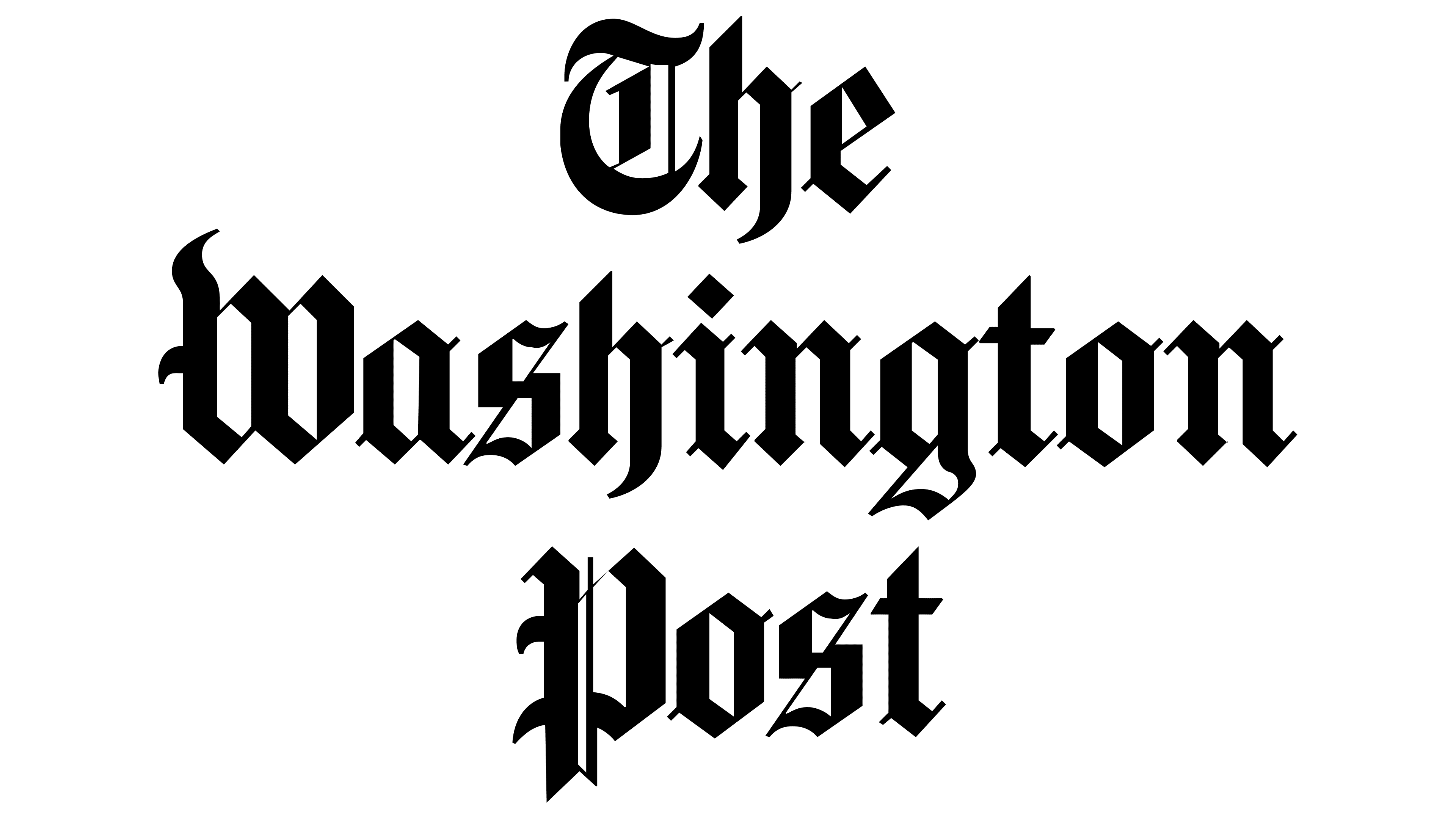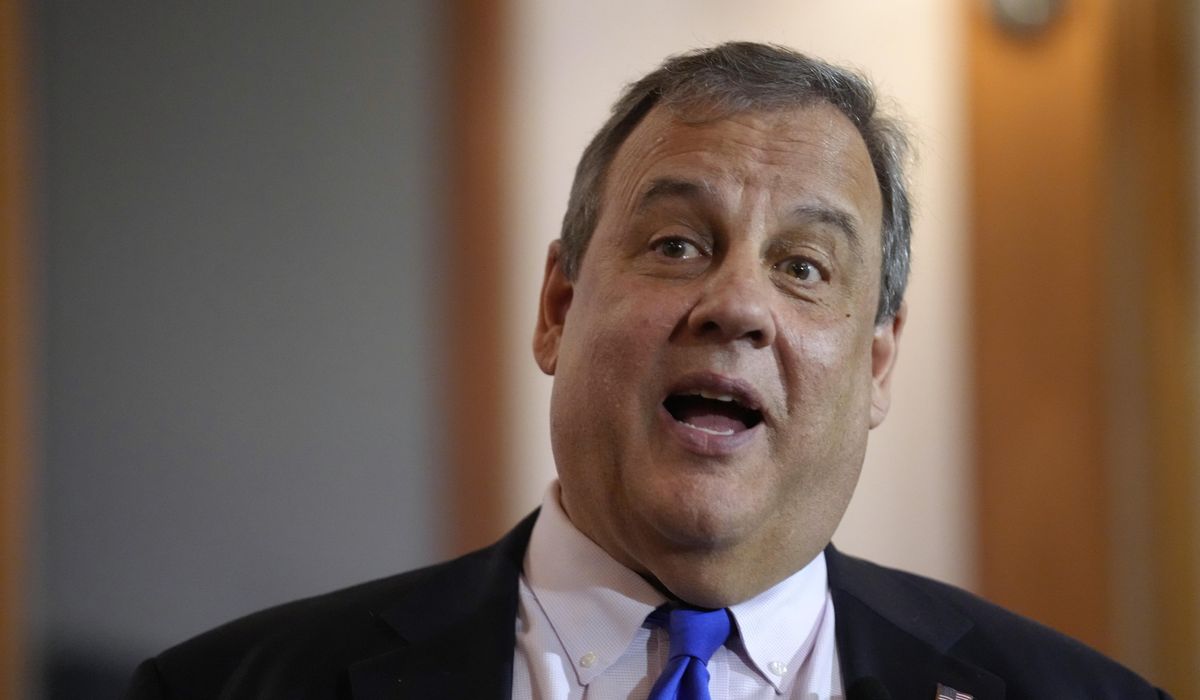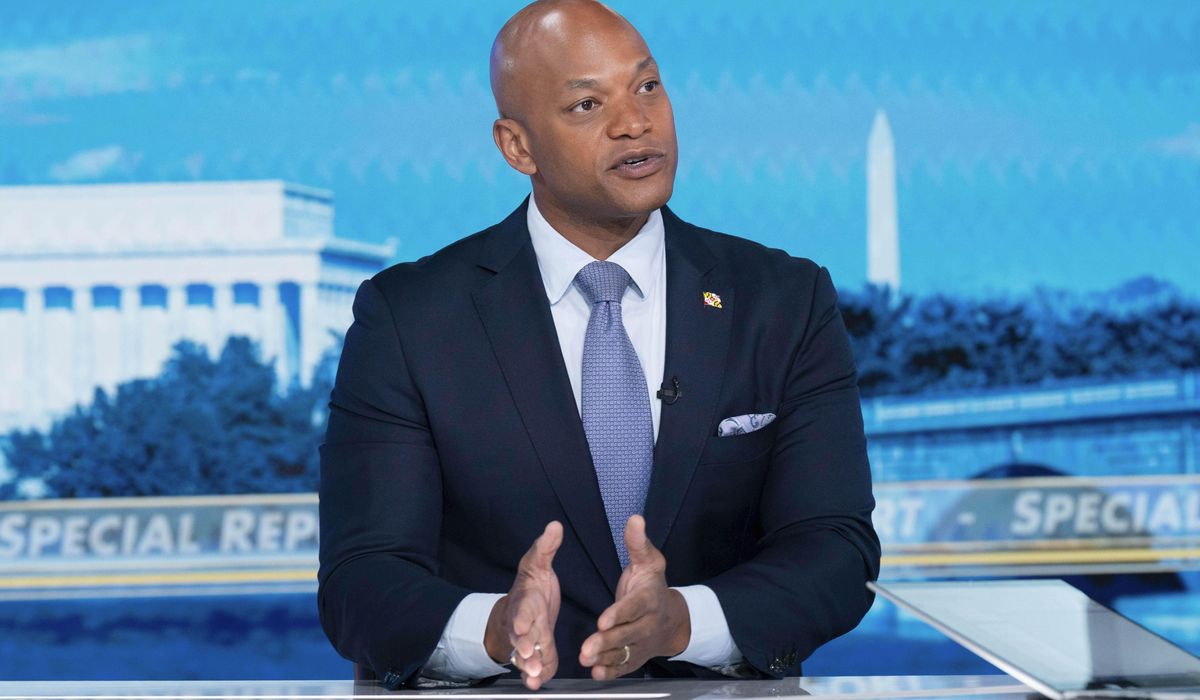ARTICLE AD BOX
Since President Trump’s election, economists and media pundits have been awash in predictions of a recession, stock market crash and doom narratives. But after nearly five months in office, the economy continues to hum, defying the so-called experts.
Less than a week after Mr. Trump’s victory, Wall Street analysts howled that the new president would lead America into a recession. Peter Brezein, chief global strategist at BCA Research, raised the probability of a U.S. recession within a year to 75%.
The doomsaying continued through Mr. Trump’s “Liberation Day” announcement last month that he would impose sweeping tariffs on nearly all of the U.S.’s trade partners.
Mark Zandi, the chief economist at Moody’s Analytics, predicted disaster, saying a recession “will hit imminently and extend until next year.” He predicted economic growth would drop by 2 percentage points and the jobless rate would soar to a painful 7.5%.
Goldman Sachs raised its 12-month recession probability to 35% from 20%, and J.P. Morgan estimated a 40% chance of a recession.
Those predictions were positively cheery compared to Justin Wolfers, an economics professor at the University of Michigan, who warned on X that the tariffs would increase the odds of a recession to 75%, adding the prospects for the economy are “much worse today than on Inauguration Day.”
Despite the morbid forecasts, all signs point to a surprisingly strong economy. Egg prices are coming down, gas prices have held steady and the number of jobs added in April exceeded the pace of growth for the previous three months.
The good news has some wondering how the so-called experts could have gotten their predictions so wrong.
“All these little metrics that we use to determine what a recession is – and there’s a bunch of them — are just not sitting there right now,” said James Mohs, an economics professor at the University of New Haven.
“I didn’t want to get into Trump Derangement Syndrome, but it is certainly beginning to look that way because none of the economic indicators could even draw to the conclusion that we’re going to have a recession, and I’ve actually heard economists talk about a depression,” Mr. Mohs said.
A recession is defined as two consecutive quarters of negative economic growth. And there was a contraction in the first quarter of this year.
But the GDPNow model from the Federal Reserve Bank of Atlanta said last week that real gross domestic product growth would reach 2.3% in the second quarter of 2025, raising it’s estimate from 2.2% at the start of the month.
If the Federal Reserve’s prediction holds, the earliest a recession could occur would be in early 2026, when the fourth quarter 2025 numbers are released.
Other key members of the economy such as inflation and hiring remain fairly strong.
The Consumer Price Index, the government’s primary measure of inflation, showed cooling prices in March, according to the most recent report. Overall prices rose just 2.4%, the lowest since October 2023, When removing volatile food and energy prices, the CPI dropped to 2.8% from 3.1%, the lowest level since March 2021.
The price of eggs has dropped to $3.39 per dozen, a 53% drop from $7.31 in March, according to data from the U.S. Department of Agriculture.
At the same time, U.S. businesses keep adding jobs, even as Mr. Trump and the Department of Government Efficiency have fired tens of thousands of government workers.
Employers added 177,000 jobs in April, well above economists’ modest expectations of 135,000 new jobs. The better-than-expected data shows the market remains resilient in the face of Mr. Trump’s trade wars and government layoffs.
The financial markets had been in tumult since Mr. Trump announced his tariff policy, igniting a trade war. Major U.S. stock indexes dropped sharply after Mr. Trump unveiled his tariff agenda, throwing the global economy into chaos. Stocks rebounded days later after Mr. Trump backed down from some of the highest rates on many U.S. trading partners.
However, stocks surged on Monday after Mr. Trump’s team brokered a trade deal with China over the weekend, with the three major indexes posting their biggest single-day gains in over a month. Under the deal, Mr. Trump will reduce the tariffs on Chinese goods to 30% from 145%.
The gains firmly erased all of the market losses since Mr. Trump slapped tariffs on practically all of the goods coming into the U.S.
Mr. Mohs said markets react to uncertainty and Mr. Trump reaching trade deals with the United Kingdom and China within days is restoring certainty to the market, fueling stock gains.

 3 months ago
49
3 months ago
49








 English (US) ·
English (US) ·